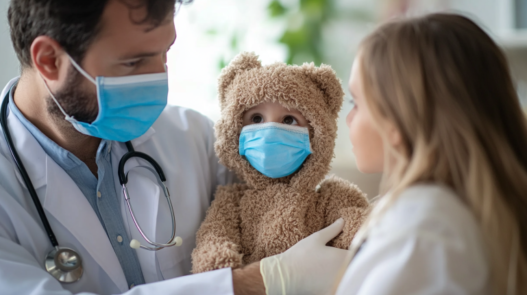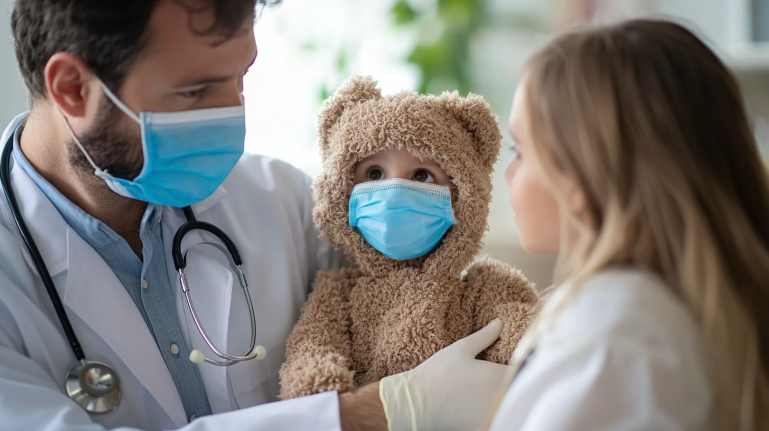As we reach the peak of seasonal illnesses, children once again face the annual struggle with common cold symptoms: coughing, runny noses, and sneezing. But among all these, one of the most concerning and stressful experiences for parents is still fever. Seeing your child suffering from a high temperature is understandably alarming, and it’s natural to feel anxious, wanting to bring the fever down as quickly as possible.
In their desperation, many parents turn to methods they think are safe and effective for reducing fever. However, these well-intentioned methods may not only fail to help but could actually be harmful to the child. In some cases, they can even be life-threatening.
4 Common Fever-Relief Methods That Seem Safe, But Are Actually Dangerous
1. Fever Patches
- Risk Level: ❌❌
- Hidden Risks: Skin allergies, rashes, swelling, etc.
Fever patches are commonly used as a physical cooling method. These patches release water vapor from a gel to cool the skin, but the cooling effect is minimal and does little to actually reduce body temperature. Their main purpose seems to be to simply indicate that the child has a fever, rather than helping to lower it. In fact, neither national pediatric fever guidelines nor international medical organizations recommend fever patches for children.
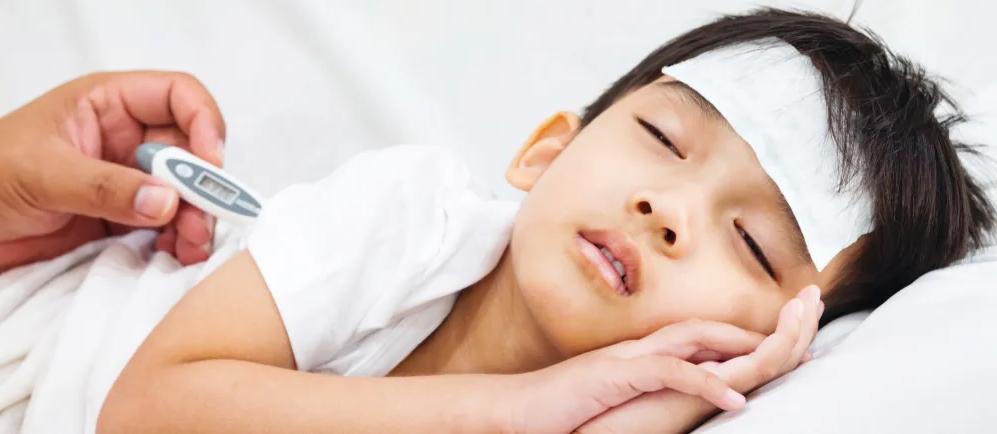
Additionally, some fever patches contain ingredients like menthol, camphor, or eucalyptus oil, which can cause skin irritation or allergic reactions, especially in children. Remember, these patches are not medical-grade products and should be avoided.
2. Ice Packs / Cold Compresses, Warm Water Sponging
- Risk Level: ❌❌❌
- Hidden Risks: Increased discomfort, localized frostbite
Ice packs, cold compresses, and warm water sponging might feel like a quick way to bring down a fever, but they offer only temporary relief. Although it may seem like the child’s temperature is decreasing immediately after applying the cold, it typically spikes back up, making these methods largely ineffective in the long run.
Western medical authorities, in particular, have discouraged using cold compresses or sponging for fever reduction in children. Furthermore, applying ice for extended periods or using cold compresses on one spot for more than 30 minutes can lead to frostbite.
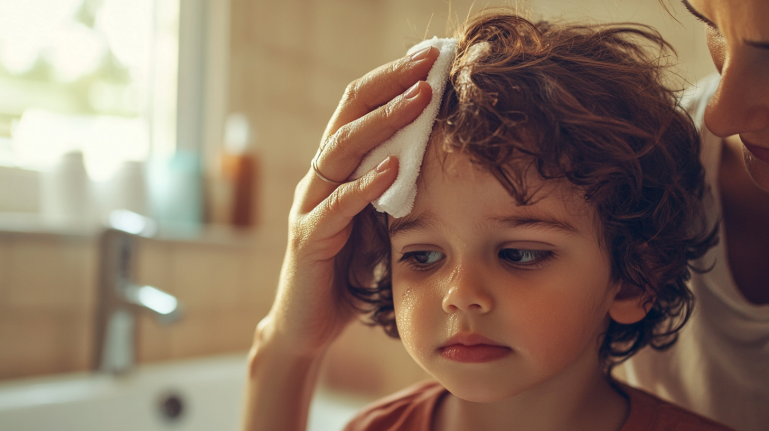
3. Bundling Up to Sweat the Fever Out
- Risk Level: ❌❌❌❌❌
- Hidden Risks: Febrile seizures, hyperthermia, and life-threatening complications
Trying to induce sweating by wrapping a child in blankets or overdressing them is another method that can be dangerous. Infants and toddlers, especially, have an immature temperature-regulation system. During the peak of a fever, their bodies need to cool down, not retain more heat. Overheating can raise the child’s body temperature beyond 41°C (105.8°F), putting them at risk of febrile seizures , dehydration, shock, and in extreme cases, life-threatening situations.
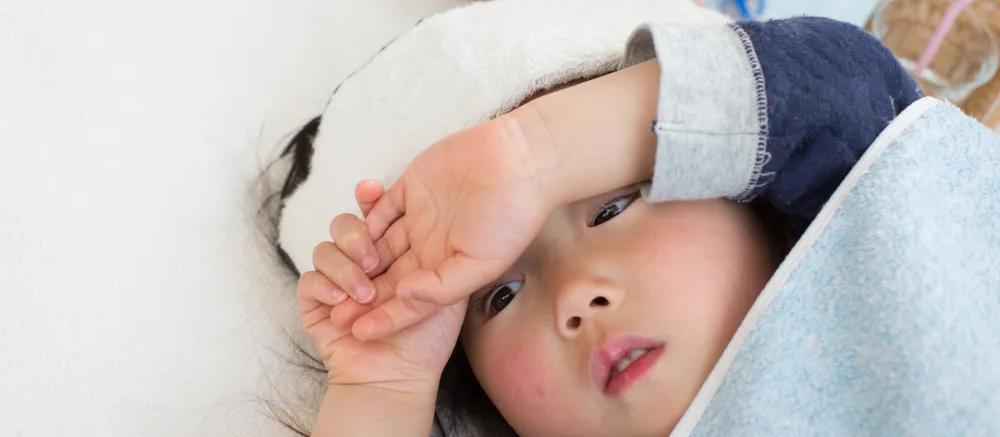
Infants under one year old are particularly vulnerable to hyperthermia syndrome , which can lead to severe complications like hypoxia, convulsions, dehydration, and shock.
4. Using Alcohol to Lower Fever
- Risk Level: ❌❌❌❌❌
- Hidden Risks: Shivering, alcohol poisoning, and severe complications
Alcohol should never be used to reduce a child’s fever. Rubbing alcohol may create a brief cooling sensation due to evaporation, but it does not offer long-lasting relief. More dangerously, alcohol can be absorbed through the child’s skin, leading to alcohol poisoning. It can also irritate the skin, particularly for infants. Always avoid alcohol in fever management.

Safe and Effective Ways to Reduce a Fever
Fever is not a disease; it’s a symptom. It is the body’s natural defense response to infection or stress and can help kill off bacteria and viruses. In fact, a moderate fever can actually be beneficial in fighting off pathogens.
So, while fever itself isn’t harmful, it’s still important to help the child feel more comfortable. The goal should be to reduce discomfort and allow the body to cool down effectively. Below are safe and scientifically backed methods for managing fever:
1. Adjust Room Temperature
- Keep the room temperature comfortable for your child to relax.
- If you have air conditioning, set it between 24-26°C (75-79°F).
- In colder months, open the windows to improve air circulation if you rely on centralized heating.
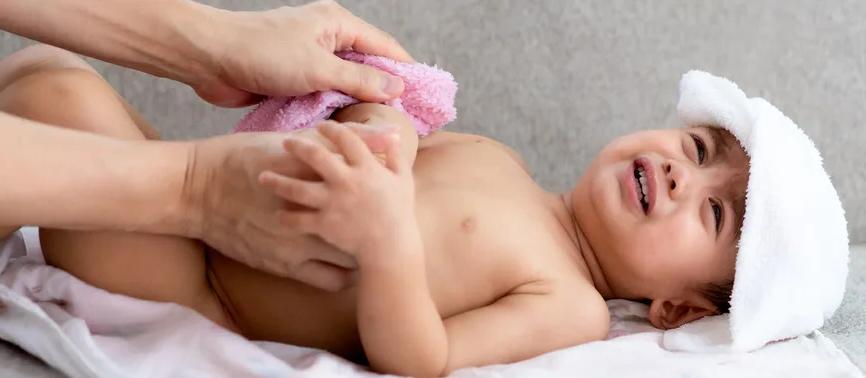
Tips:
- If you are concerned about the air being too dry, consider using a humidifier.
- In the summer, it’s helpful to adjust the room to a cooler temperature.
2. Reduce Clothing and Blankets
- It’s crucial to allow the body to cool down when a child has a fever. Reducing the clothing and blankets helps expel excess heat from the body.
- If your child starts to shiver, it’s okay to cover them lightly with a blanket or adjust their clothing to keep them comfortable.
- The key is to remove layers when they feel hot and add warmth when they feel cold.
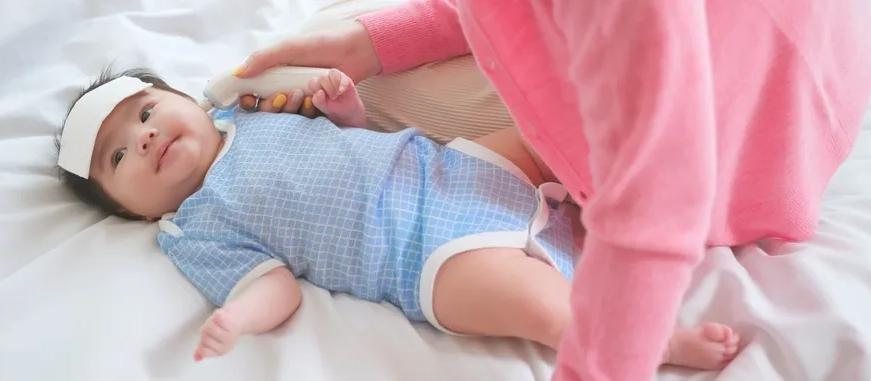
3. Use Fever-Reducing Medication Wisely
- While physical methods like sponging may be useful, they often do not provide lasting relief. Fever-reducing medications such as paracetamol or ibuprofen are more effective in managing fever and discomfort.
Why Use Medications?
- Medications provide more consistent relief by working internally to regulate body temperature, unlike external cooling methods which offer only temporary relief.
It’s essential to understand that the goal of treating a fever is not simply to lower the temperature, but to make the child feel better. Medications should be given based on the child’s discomfort level, not just the thermometer reading.
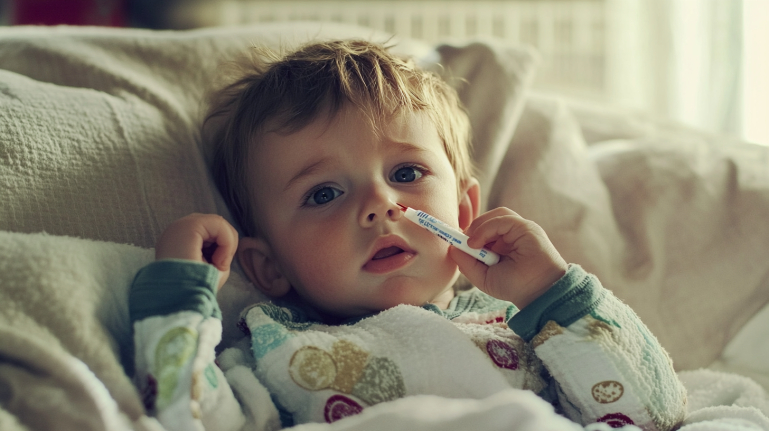
When to Seek Medical Help
If your child shows any of the following symptoms, seek immediate medical attention:
- For infants under 3 months, any fever, regardless of cause, requires a visit to the hospital.
- Armpit temperature above 39°C (102.2°F) with signs of discomfort.
- Fever lasting more than 3 days or accompanied by a rash.
- Fever with seizures lasting more than 5 minutes or recurring seizures.
- Dehydration signs (e.g., reduced urine output, excessive sleepiness, refusal to drink).
- Difficulty breathing, rapid breathing, wheezing, or hoarseness with fever.
Fever is a natural part of childhood development and usually means the body is doing its job. By staying calm and using medically approved methods, you can help your child feel better and recover more comfortably.







